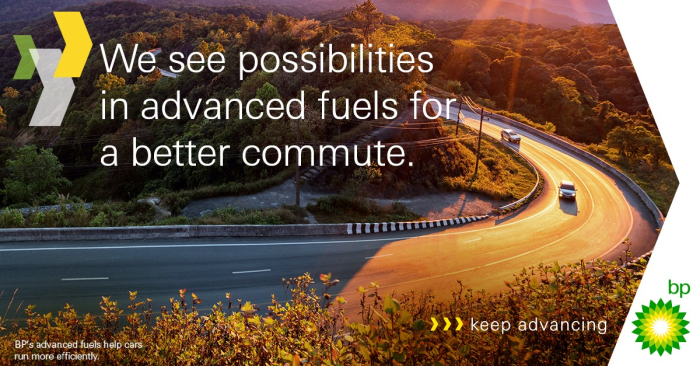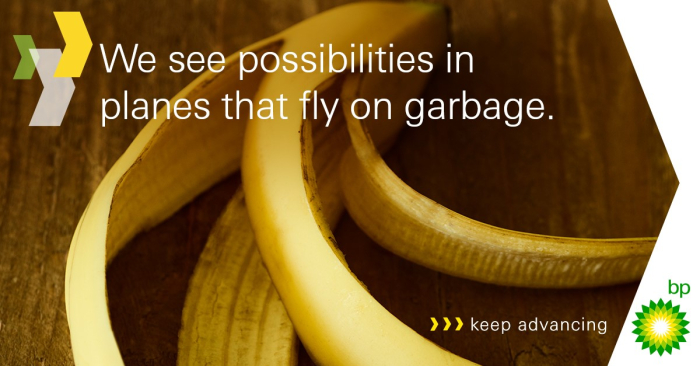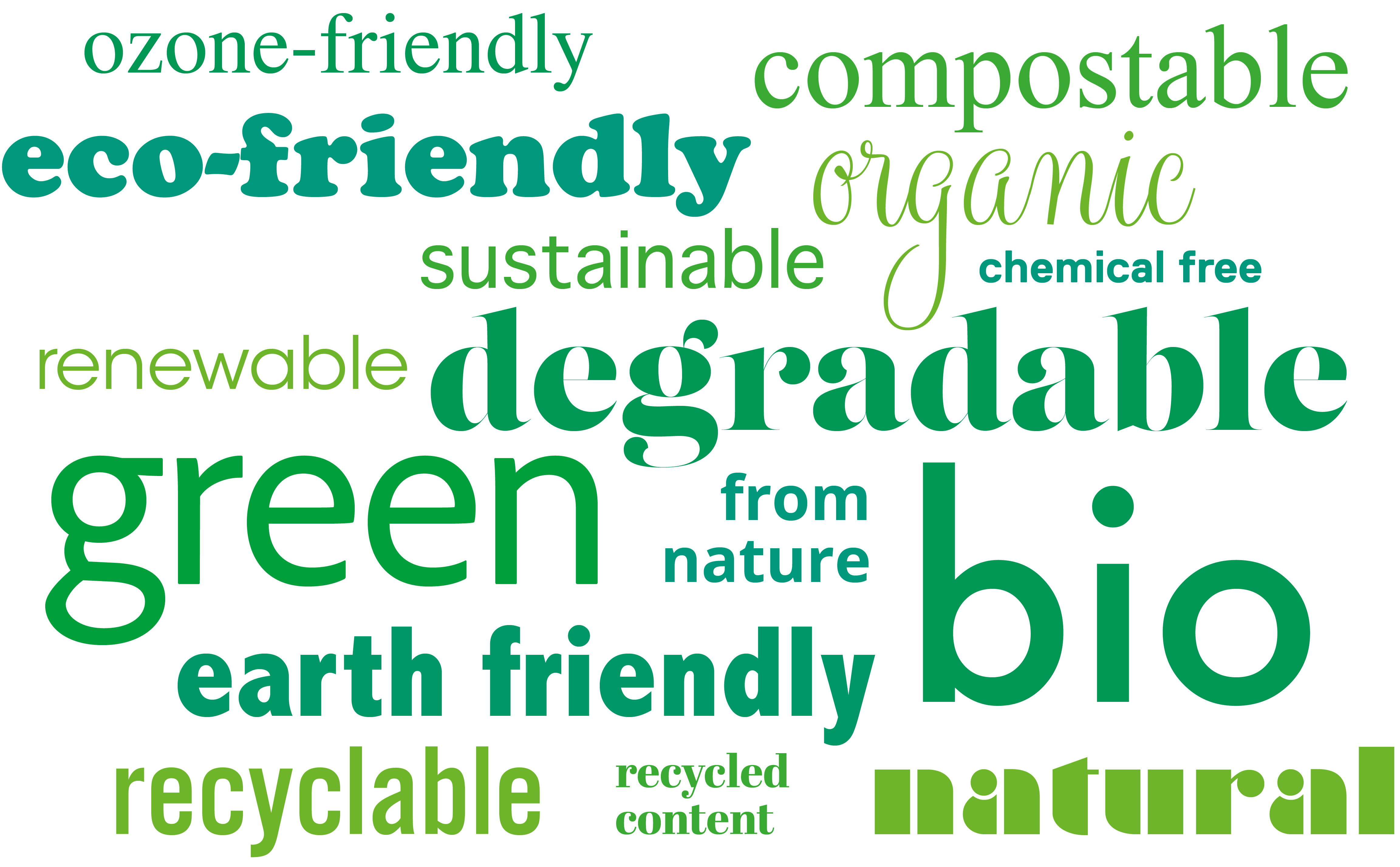Fifty shades of green

You’ve probably heard of ‘greenwashing’ – the practice of presenting business operations as ‘greener’ than they actually are.
What you might not know is how complex it really is, or what the potential consequences are for brands caught doing it.
In this blog, we find out about greenwashing’s many shades. We look at the key challenges it poses, ask why it’s on the rise, and discuss why it’s crucial, now more than ever, that businesses ensure their environmental claims really are greener than green.
In 2010, an explosion aboard the Deepwater Horizon oil rig led to the single greatest marine oil spill the world has ever seen. Across 87 days, approximately 34 million gallons of oil poured into the Gulf of Mexico, causing catastrophic environmental damage. It’s been cited as a landmark example of ecocide, the devastation caused to marine life and coastal communities expected to persist for generations.
Following an extensive post-mortem, US courts found that the rig operator, BP, was guilty of gross negligence and reckless conduct. Their $20.8 billion settlement is the largest environmental penalty in history1.
Better, ‘greener’ business?
Fast forward to 2019 and BP seemed to have learned some lessons. Their biggest campaign for a decade featured images of parents and children playing freely in green spaces, emphasising BP’s investments in renewable energy. Its taglines were ‘We’re working to make energy cleaner’ and ‘Keep advancing’.
But their clean, green presentation was far from what it seemed. As lawyer-led climate activists ClientEarth pointed out, 96% of BP’s investments were in fossil fuels, with just 4% dedicated to sustainable energy sources.




In the words of Sophie Marjanac, ClientEarth’s Climate Accountability Lead, the campaign was not in line with BP’s stated ambition to help the world get to net zero but, rather, to ‘primarily…[improve] the company’s reputation’.’
Getting to grips with greenwashing
The BP case is an attention-grabbing example of greenwashing. But not all cases are as stark. There’s a spectrum. At the nasty end, there’s outright lying, where brands actively try to pull the wool over their audience’s eyes. But in the vast majority of cases, greenwashing happens as a result of well-intentioned efforts that nevertheless mislead.
And it’s no wonder. Greenwashing is a source of confusion for brands and consumers alike – and that’s in part because there are as many versions of it as there are markets, sectors and brands. It’s everywhere.
In fact, when the Competition and Markets Authority (CMA) surveyed a range of websites, they found that 40% of green claims could be misleading2. That’s in part because, historically, the language around sustainability has been entirely unregulated, with an infinite and ever-growing list of terms available. Compostable, recyclable, eco-friendly, organic, bio, natural, you name it – they’re used interchangeably to suggest ‘greenness’ to the point that they’ve become essentially meaningless.
It’s bewildering, and difficult to know where to start with this multifaceted problem. Helpfully, Planet Tracker (a not-for-profit financial think tank) has identified the most common greenwashing sub-types with their ‘Greenwashing Hydra’. And it’s not a bad place to start. We’ve summarised them here as your starter for six:
- Greencrowding
Joining forces with other organisations, brands promote a shared mission to make their industry sustainable. But, instead of taking action, the group moves at the speed of the slowest adopter.
- Greenlighting
Brands throw the focus of their communications onto the green features of their business, however small they may be, to divert attention from less sustainable practices.
- Greenshifting
Instead of taking ownership of their own business practices, brands shift responsibility onto consumer behaviour instead of challenging their own.
- Greenlabelling
Companies attach misleading labels to their products, claiming packaging and contents are more sustainable than they are.
- Greenrinsing
Ambitious environmental targets are loudly trumpeted…only to never be mentioned again. An entirely new target is promoted instead and the cycle continues.
- Greenhushing
Brands that fail to meet their ‘green’ targets respond by muting their environmental agenda and/or quietly downgrading their goals, thereby avoiding scrutiny.
These are the Top of the Pops of greenwashing. But as fast as they’re identified, greenwashing sub-types splinter and grow new shoots to form fresh, and ever more confusing, iterations.
It’s increasingly hard to keep up. And that creates a new problem. Consumers are becoming cynical, losing confidence that any claims are reliable. In turn, businesses are more and more nervous about promoting their sustainability progress for fear of being accused of…you guessed it…greenwashing.
It’s a cycle that contributes to climate anxiety, because this form of greenhushing makes it appear as though organisations aren’t doing anything at all to mitigate their climate impact. The result is that a financially and ethically valuable market threatens to destroy itself. And it’s only getting worse.

The rise and rise of greenwashing
The ‘Ethical Consumer’ is a demographic label we’re going to see an awful lot more of over the coming decade. And that’s because, on average, we increasingly care how our buying choices impact people and planet. In response, corporations are desperately working to keep their ‘social licence to operate’ (i.e. widespread approval of their business practices).
That’s given rise to a plethora of ‘green’ claims from every sector. And, as brands rush to be recognised as one of the good guys, an understandable approach to sorting the green wheat from the chaff is to look for an environmental marque. But therein lies yet another hurdle.
Part of the ‘green rush’ is the proliferation of organisations claiming to offer sustainable certifications you can trust. But, due to a lack of regulation, this is in danger of becoming a version of greenwashing in itself. What’s needed is the standardisation of environmental accreditations so that consumers can be sure a brand, service or product is reliably, rigorously certified.
For now, the most important step anyone can take is to become familiar with the genuinely authoritative environmental marques already in operation. One of the most exacting is B Corp – a movement aiming to ‘transform the global economy to benefit all people, communities and the planet’. Its stringent standards mean that to become certified, businesses, like mark-making*, must demonstrate their environmental stewardship (amongst other things). That means evidencing accountability and being open and honest about working towards doing better.
But in recent years, even a recognised leader like B Corp has had to adapt to stay on top of the growing complexity of the sustainability landscape. That includes the fact that greenwashing has grown at the same rate as our understanding of the unfolding climate disaster. So, in response, B Corp has made the evaluation process yet more demanding.
And they’re not the only authority that’s been moved to act. The avalanche of rising interest, confusion and bandwagon-jumping has led to a legislative crackdown that’s pointing at some very real consequences for businesses that don’t adjust.
Falling foul of greenwashing guidance
According to Guy Parker, Chief Executive of the UK’s Advertising Standards Authority (ASA), ‘The days of lazy green claims are over’.
With the ASA’s most recent update to its rules, the UK now has some of the most extensive anti-greenwashing standards in the world. Sharing enforcement powers with the CMA, these institutions can demand the full-scale withdrawal of promotions. So every business needs to get up to speed. And fast.
The 2023 legislation is expansive and takes a bit of time to digest3. But this statement from the ASA summarises the approach they’re taking:
“Marketers must consider consumers’ likely interpretation of a claim. When general claims could be interpreted as absolute claims, or have multiple possible interpretations, additional information is required to make the meaning of the claim clear.”
In brief, it aims to force businesses to be transparent and specific in their marketing, backing their green statements up with evidence. And it’s no joke – ignoring the ASA could prove to be a costly mistake.
Not only do pulled campaigns represent totally wasted investments that can easily run into hundreds of thousands, if not millions, of pounds – the clear-up costs are inestimable. As in the case of BP’s u-turn, to have any chance of reputational recovery, brands have to launch full-scale repair programmes over the long term. The bottom line is – to be caught greenwashing is expensive, humiliating and brand-tarnishing, if not destroying. Because trust, once lost, is incredibly tough to rebuild.
What can brands do to get it right?
It’s important to say that the ASA and CMA aren’t out to get you.
In June this year, the ASA acknowledged ‘that business anxiety around the risk of making ad claims that get banned for so-called greenwashing has been growing in recent months’.
They provide tools and tips on their website that aim to help businesses understand what they can and can’t say. And the CMA has also issued The Green Claims Code – a guide for how businesses can make sure they’re compliant with consumer law.
But the unavoidable reality is that businesses have a duty to eliminate greenwashing from their communications immediately. And marketing agencies have an important role to play in supporting their clients to be transparent and clear. That, of course, includes us.
mark-making* is a B Corp-certified, ethically-minded agency. That’s, in part, about supporting our brands to be responsible advertisers. One of the ways we do that is by challenging briefs to make sure they’re right – right for the product or service, right for the brand, and ethically right, too, including where greenwashing’s concerned.
The great news is that, working together, we can make changes that have real impact. When we, as agencies, put our house in order, we equip ourselves to help clients to do that as well. And that’s a crucial step towards getting rid of greenwashing for good.
Turning from greenwashing to engagement gold
For all the challenges that eradicating greenwashing poses, businesses that dig their heels in and don’t respond are missing a trick.
Consumers have never been savvier and they can smell a rat faster than you can say ‘greenwashing’. Fortunately, they’re just as fast at responding positively when organisations demonstrate transparency. Brand on a journey to a particular sustainable goal? Report progress honestly, stay accountable and give customers the information they need to make an informed decision. The data shows4 they’ll stick to you like flies to sap (on trees in protected forests).
And for the rest? Woe betide the brand that’s caught intentionally, or otherwise, painting over the grey and murky with green. It just won’t wash anymore.
Further reading
- Client Earth: lawyer-led climate activists who use the power of law to protect life on earth
- Planet Tracker: financial think-tank aiming to align financial markets with a sustainable future
- The Green Claims Code: a guide for responsible ‘green’ marketing from the CMA (Competitions and Markets Authority)
- B Corp Movement: global nonprofit transforming the global economy to benefit all people
- mark-making*: find out more about our journey to B Corp certification
- US National Oceanic and Atmospheric Administration summary of the Deepwater Horizon penalties and how funds were distributed ↩︎
- gov.uk press release regarding CMA study finding that 40% of green claims could be misleading ↩︎
- The ASA’s Advertising guidance – misleading environmental claims and social responsibility ↩︎
- Sprout Social: 1000-consumer survey indicates consumers value transparency ↩︎
About markmaking*
markmaking*
mark-making* is an award-winning creative agency specialising in branding, campaigns and communications